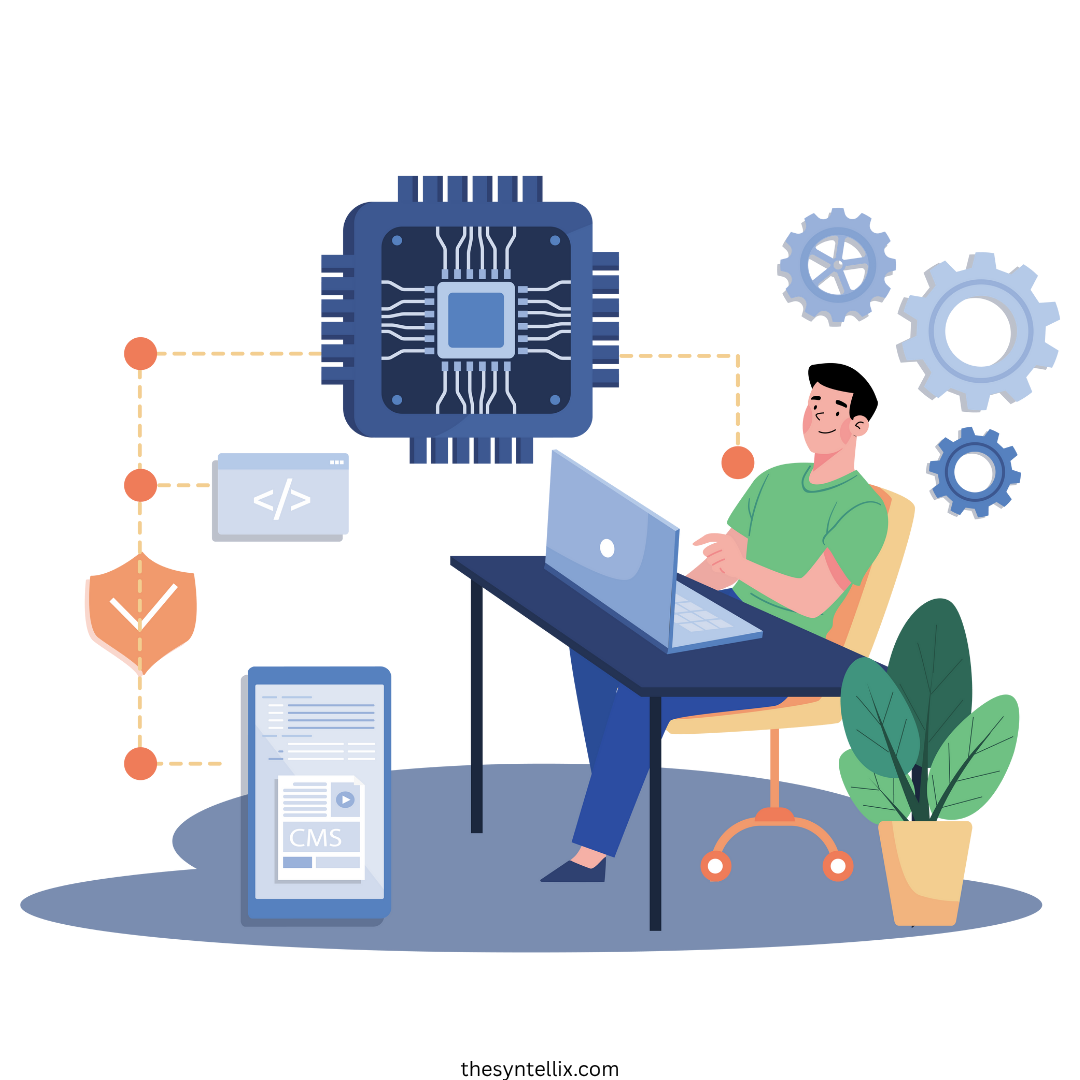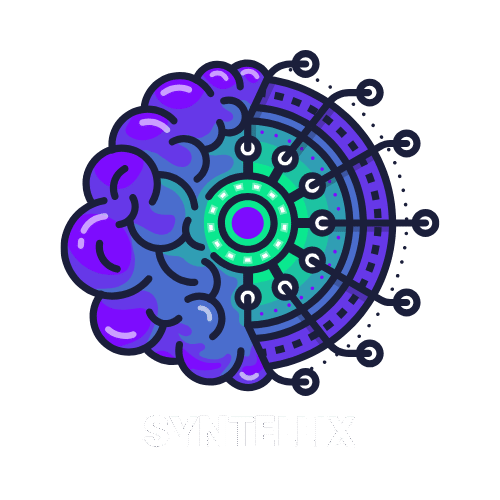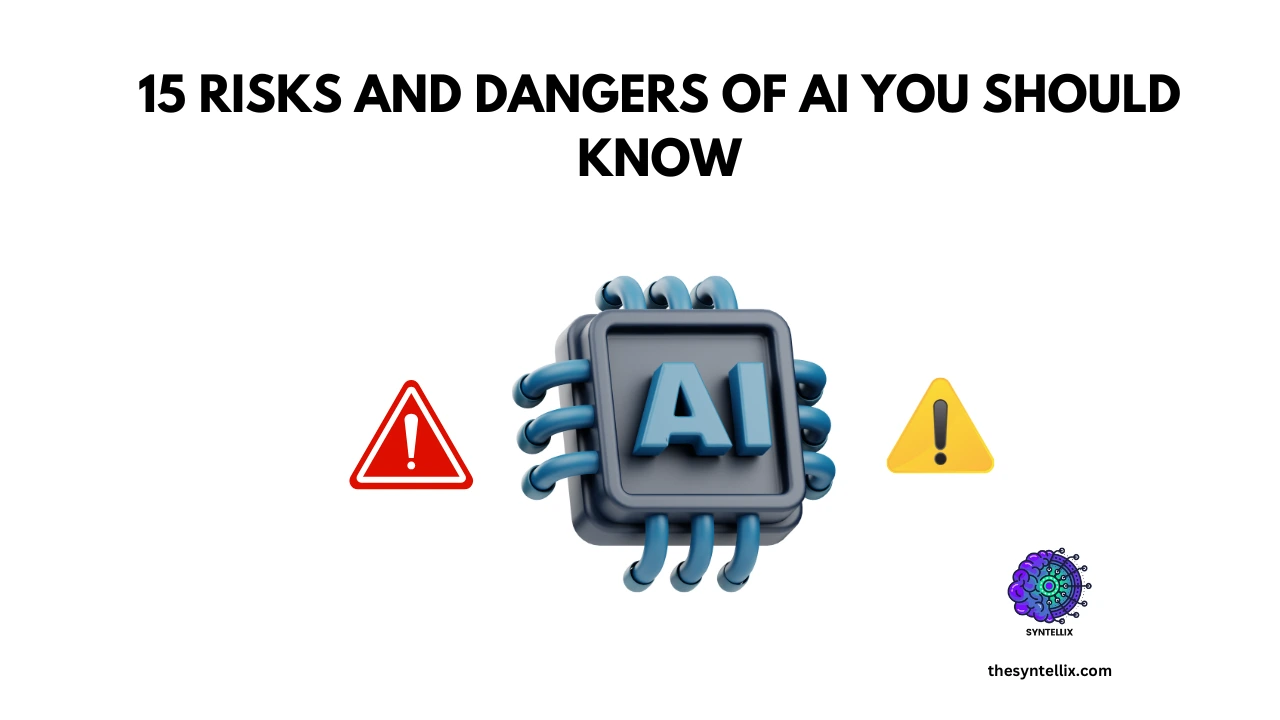Table of Contents
ToggleArtificial Intelligence (AI) have somehow changed and keeps changing the way we work, communicate, shop, think, and even make decisions.
While AI brings huge benefits, we also need to understand the serious risks it carries beyond convenience. As AI grows more powerful, it’s very important to use it responsibly, ethically, and with clear rules in place.
In this post, we will explore 15 real risks and dangers of AI you should be aware of in 2025.
1. Data Privacy Invasion
AI systems collect and analyze massive amounts of data including personal information. From smart assistants to facial recognition cameras, many tools track your behavior without clear consent.
This approach creates serious privacy concerns, especially when companies or governments misuse the data.
2. Bias and Discrimination in AI Decisions
AI systems learn from data, and if that data contains bias, AI will repeat and even amplify it. This is already happening in many organizations such as credit scoring, and criminal justice systems.
For example, facial recognition often performs worse on people with darker skin tones. These biased outcomes can hurt real people and reinforce inequality.
3. Misinformation and Deepfakes
AI makes it easy to create fake content that looks very real including deepfake videos, fake news articles, and even cloned voices.
This threatens elections, public trust, and can spread misinformation quickly. In the wrong hands, AI becomes a powerful tool for deception.
4. Job Displacement and Economic Impact
AI automates tasks faster and more efficiently than humans. That’s good for businesses, but it’s bad for workers in roles like customer service, manufacturing, and even content creation. As AI takes over routine tasks, millions of jobs are at risk. The challenge is reskilling workers and preparing them for AI-related roles.
5. Cybersecurity Threats
Hackers are now using AI to launch smarter cyberattacks. AI can create fake emails for phishing, find vulnerabilities in software, or even automate hacking attempts. The same tech that protects our systems is also being used to attack them. This makes cybersecurity a fast-moving arms race.
6. Overdependence on AI Tools
From GPS to grammar checkers, we rely on AI daily. But too much dependence can reduce critical thinking, problem-solving, and human judgment.
If we let AI make all our decisions, we are becoming passive users of technology instead of active thinkers.
7. Lack of Transparency (Black Box Problem)
Some AI systems are so complex that even their developers can’t explain how they make decisions. These “black box” models raise serious concerns, especially in high-stakes areas like medicine, finance, or the legal system. Trust depends on transparency, and AI often falls short.
8. Military Use and Autonomous Weapons
AI is now being used to develop autonomous drones and smart weapons. These machines can make deadly decisions without human approval. This raises major ethical questions: Who is responsible when an AI system causes harm in a conflict?
9. Mental Health and Social Manipulation
AI powers many social media algorithms that keep us addicted to screens. It also influences what we see, how we feel, and even what we believe. Some AI chatbots are being used in emotional support but they can’t replace real human connection. Misuse of AI can lead to isolation, misinformation, and mental health issues.
10. Environmental Impact
Training large AI models like GPT or Gemini takes huge amounts of energy and computing power. This contributes to carbon emissions and strains data center resources. As AI grows, we must consider its environmental footprint.
11. Economic Inequality
Technological experts with access to AI tools and data gain a major advantage. Meanwhile, small businesses and low-income countries struggle to keep up. This deepens the digital divide and increases global inequality.
12. Lack of AI Regulations
AI is developing faster than laws can catch up. Today, there’s no single global law to govern how AI is built, used, or monitored. Without proper rules, companies may prioritize profits over ethics, and users may be left unprotected.
13. Threat to Creative Fields
AI tools can now write stories, make music, design graphics, and even create videos. While that’s impressive, it puts artists, writers, and designers at risk of being replaced or having their work copied without credit.
14. AI Surveillance and Loss of Freedom
AI surveillance systems are already being used to track faces, monitor movements, and analyze behaviors in real-time. While these tools can improve safety, they can also be used to invade privacy and control citizens without consent.
15. AI Hallucinations and Inaccuracies
Even the best AI systems sometimes make up facts or deliver incorrect answers with full confidence this is known as an “AI hallucination.” When used in healthcare, legal advice, or financial decisions, bad AI outputs can be dangerous.
Conclusion:
AI is not evil but it’s also not neutral. It reflects the data and intentions we put into it. As we continue to explore AI’s full potential, we must stay aware of risks and dangers of AI and build safeguards around it.
The future of AI should be responsible, transparent, and fair. With the right education, regulation, and ethics, we can enjoy the benefits of AI without falling into its traps.
🔗 Useful Resources:
People Also Ask
What are the risks of AI?
AI poses risks such as job displacement, biased decision-making, lack of transparency, misuse in surveillance or warfare, and potential loss of human oversight.
What are the negative effects of AI?
Negative effects include reduced employment in some sectors, erosion of privacy, algorithmic bias, deepfakes and misinformation, and increased dependency on automation.
What are 5 disadvantages of AI?
-
Job loss due to automation
-
High development and implementation costs
-
Bias in algorithms
-
Lack of emotional intelligence
-
Security and privacy concerns
What are the 4 levels of AI risk?
-
Minimal Risk – AI used in spam filters or video games
-
Limited Risk – AI with transparency obligations (e.g., chatbots)
-
High Risk – AI in critical areas like healthcare or hiring
-
Unacceptable Risk – AI used for manipulation or social scoring (often banned)

Stay ahead of the curve with the latest insights, tips, and trends in AI, technology, and innovation.

